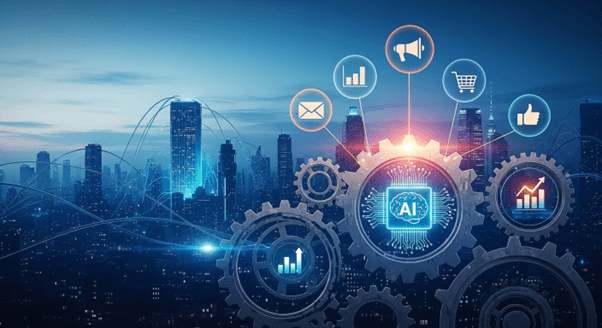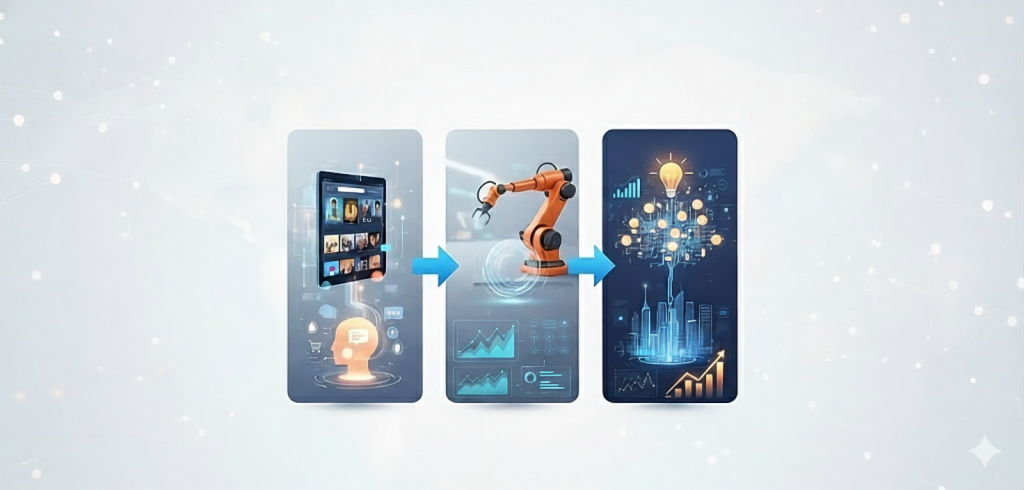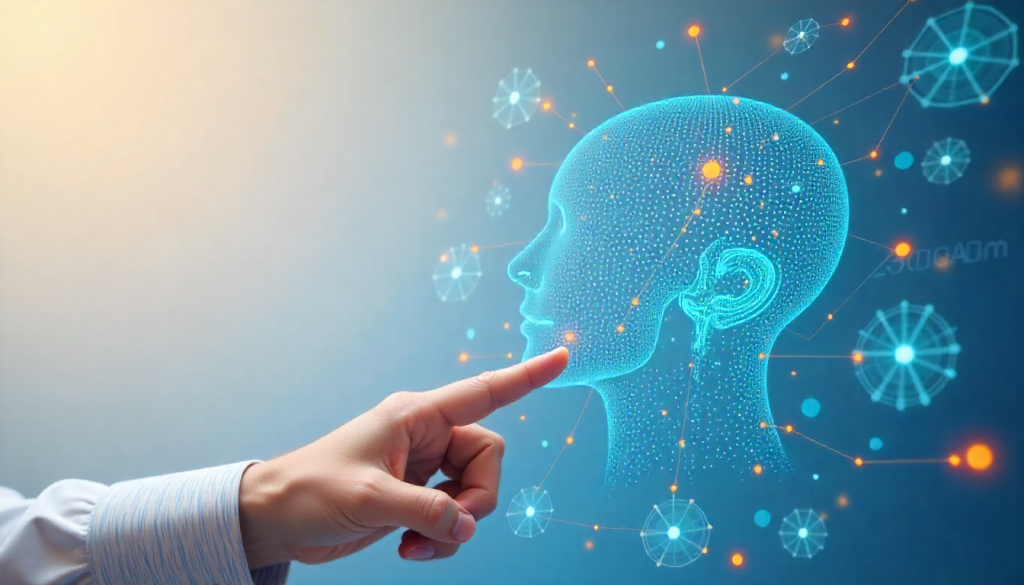
In the digital transformation era, AI Marketing Automation is no longer optional—it is a strategic requirement for maintaining competitive advantage. Moving beyond static rules and manual workflows, marketing automation systems have evolved into intelligent “machines” capable of learning, predicting, and creating.
This article serves as a comprehensive guide for marketing leaders and professionals to understand AI Marketing Automation—from its technological foundations and practical applications to an implementation roadmap designed to maximize efficiency and overcome operational challenges.
I. From Manual Automation to Self-Learning Systems
Marketing automation has evolved through three distinct stages:
Early 2010s: Automation relied on static workflows—such as sending automatic welcome emails right after a user subscribes.
Mid-2010s: Campaigns became behavior-based, for instance, sending reminder emails when customers abandoned carts.
From 2025 onward: With the rise of AI, marketing platforms can now go far beyond their original programming. They don’t just monitor trends and predict customer behavior—they can autonomously generate highly personalized content.
II. Four Core Technologies Powering AI Marketing Automation

- Machine Learning (ML): Enables systems to learn from data without explicit programming. In marketing, ML predicts high-conversion leads, auto-segments audiences, and identifies top-performing campaigns over time.
- Natural Language Processing (NLP): Allows computers to read, understand, and generate human language. NLP powers intelligent chatbots, analyzes customer sentiment in reviews, and generates automated content such as email subject lines or product descriptions.
- Predictive Analytics: Uses historical data, statistical modeling, and ML to forecast user behavior or future events. This empowers marketers to act proactively—optimizing send times and detecting churn risk early.
- Generative AI: Creates original content from existing data. Unlike template-based automation, it can scale creative production quickly, generating blogs, email content, or social captions in seconds.
III. Key Benefits and Practical Applications
1. Four Core Benefits
Mass Personalization:
AI enables true one-to-one experiences at scale, dynamically adapting campaigns to user intent and preferences—driving engagement and conversions.- Superior Efficiency and Speed:
Repetitive tasks like A/B testing, lead scoring, and post scheduling are automated, freeing teams to focus on strategy. Improved ROI:
Smarter targeting and personalized content optimize ad spending, delivering higher and more measurable returns.Cross-Channel Consistency:
AI ensures brand messaging remains coherent and contextually relevant across email, web, social, and messaging platforms.
2. Prominent Use Cases
Email Automation:
AI personalizes email content, subject lines, and predicts optimal send times for higher open rates.Ad Campaign Optimization:
AI manages everything from budget allocation to real-time bidding in PPC campaigns, automatically adjusting spend and testing creatives more efficiently than humans.Chatbots & Conversational AI:
Intelligent chatbots handle FAQs, qualify leads, process transactions, and guide users through complex sales funnels.
Example: The Kaltura platform uses AI to analyze interaction data and language from webinars. With one click, AI identifies the most engaging moments and edits them into short teaser videos for social promotion—saving time while maintaining content quality.
IV. Strategic Roadmap for Implementing AI Marketing Automation

1. Audit Your Data Infrastructure
Evaluate data quality and structure before tool selection. AI thrives on rich, contextual data; poor data quality leads to inaccurate outputs.
2. Start with Business Problems, Not Tools
Identify pain points—like high churn or poor email performance—then seek AI solutions that directly address them. Avoid chasing trendy tools that don’t fit.
3. Select the Right Platform
After defining objectives, choose solutions with robust CRM/CMS integration, scalability, and transparent AI models. Tools like HubSpot, Mailchimp, and LiveChatAI offer strong lead scoring and personalization features.
4. Build a Cross-Functional Team
Success requires collaboration between Marketing, IT, Sales, and Data Science to align strategy and ensure seamless integration.
5. Test, Monitor, and Continuously Improve
AI models must evolve with market behavior. Ongoing monitoring and feedback loops are critical to maintain performance and adapt strategies over time.
Conclusion
By 2025, AI Marketing Automation will not only enhance campaigns—it will redefine how marketers operate. With real-time optimization, scalable personalization, and automated content generation, businesses can engage customers smarter and faster than ever before.
The secret lies in balancing automation with human creativity: let AI handle execution, targeting, and data processing—while marketers focus on strategy, ethics, and creativity.
If you’re seeking a partner to develop an effective AI Marketing Automation strategy, collaborate with Digityze Asia to combine technical precision and creative innovation—and unlock your brand’s full potential.


